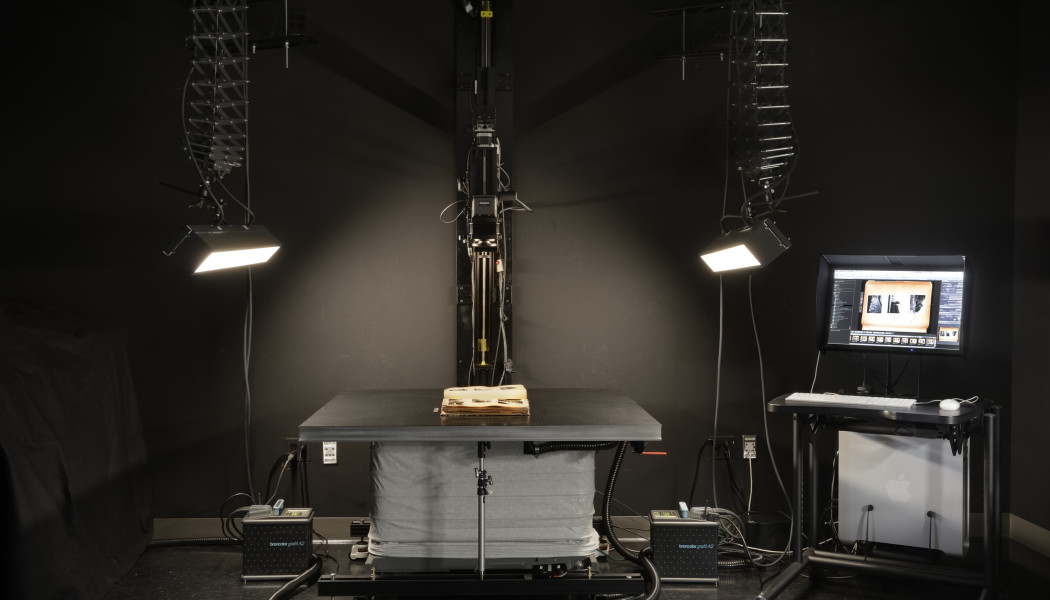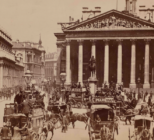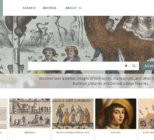Previously the large high quality sensors were only for the high end systems such as Phase One and Hasselblad but now the consumer Nikon and Canon cameras have options with large pixel count sensors. This means that the cost of the cameras are decreasing, thus offering a professional digitisation (scanning) set-up for less money. However, this only tells half the story.
Yes, using a digital camera and copy stand makes you more flexible. Yes, capture time is fast and yes, it is possibly cheaper than a specialist book or flat cradled system but there are many elements which a copy stand camera set-up does not take into account. For example;
- Lighting conditions
- Equal lighting across capture area
- Lighting reflections
- Material cradles
- Correct distance from sensor to material
- Correct lens (this is extremely important)
- Colour accuracy
All of the above must be taken into consideration when using a ‘camera’ to capture any image and what must be remembered is that the professional digitisation, archive and library studios all employ professional photographers with a huge level of imaging experience and understanding.
The last two items on the list above often do not get paid enough attention. Heritage, museum and library material digitisation should be performed correctly, ensuring it is only captured once, thus minimising handling and the likelihood of damage. This is why everything in the list above must be considered as just the basics.
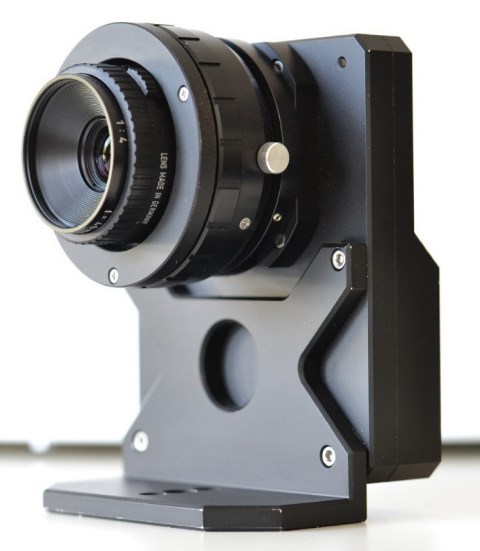
The lens of the camera is a crucial element as light has to travel through the lens to get to the sensor, meaning there is very little point using a poor lens and a high quality camera. The stock lenses (although improving) will not allow you to create ‘pin sharp’ images and often only have a small ‘sweet spot’ in the centre of the lens. This means that images can lose focus and become distorted towards the edges.
Often the lenses are swapped out and more expensive lenses which cost more than your typical Nikon and Canon are being used. Companies such as Schnieder and Carl Zeiss often produce the lenses of choice. Lens choice is also crucial depending on each individual sensor, for example an 80mm Zeiss lens would not produce the same results on both a Phase One and a Canon 5D. Understanding which lens to use for which camera and material is where the experience of professional photographers are used.
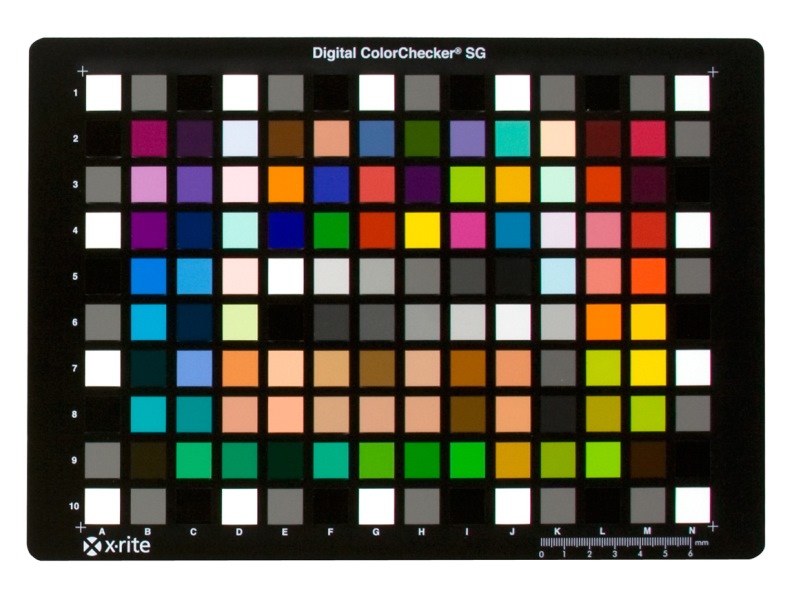
Believe it or not but consumer cameras are often quite bad at reproducing accurate colour. The reason being that their aim is to create a beautiful looking image from a wedding, a sunset, scenery and not an accurate reproduction image of a book, map etc. With this in mind, to produce proper archive images you must shoot in RAW and then post process your colour management into your workflow. Shooting in RAW means that all images must be processed because image file created is from the untouched data direct from the sensor. This means that colour as well as any image processing such as cropping, deskewing or sharpening must be applied as a separate process.
So using digital cameras to capture images has a huge benefit when it comes to being flexible, however, without having the expertise to capture the correct image the advantages quickly become outweighed.
Specialist scanners take care of all of the items for you and control the lighting, cradling of material, image quality and colour so you do not have to be an image expert to ensure you are not only creating good looking images, but proper archival images. There are traditional systems using Linear Array such as SMA which are very good for large format scanning where cameras still struggle for resolution, whilst there have been some new developments from book2net who are now building a specialist heritage camera. This is quite exciting because the camera is now to be installed in their specialist scanners meaning you take all of the advantages of the digital camera without having to be an expert to utilise and optimise the system.
This is just a small insight into some of the specifics which need to be considered when using a camera to capture images, showing that a level of understanding is required for the correct quality of images to be created. With solutions such as the new book2net systems there are alternatives which remove the guess work, ensuring that proper archival images are created.

